Ultrasonic cleaner function introduction
Browse Volume:1130 Classify:Support
Cleaning after grinding
Grinding is an important process in the production of optical glass that determines its processing efficiency and surface quality (appearance and accuracy). The main contaminants in the grinding process are abrasive powders and bitumen, and in a few companies, paint flakes are present in the process. The abrasive powder varies in type and is generally an alkali metal oxide based on cerium dioxide. Depending on the material of the lens and the grinding precision, different types of abrasive powder are selected. The bitumen used in the grinding process acts as a protection against scratches or corrosion of the finished mirror surface. There are two types of cleaning equipment after polishing: one mainly uses organic solvents and the other mainly uses semi-aqueous cleaning agents.
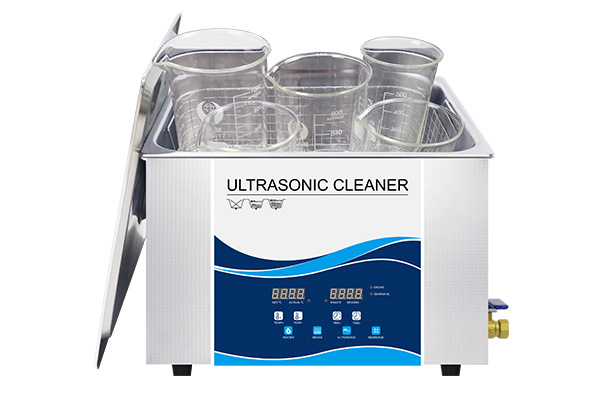
ultrasonic cleaner
Semi-aqueous cleaning
The biggest difference between this cleaning process and solvent cleaning is that the first two cleaning units: organic solvent cleaning only has a good cleaning effect on asphalt or paint chips, but can not clean inorganic materials such as abrasive powder; semi-water-based cleaning agent is different, not only can clean asphalt and other organic pollutants, but also inorganic materials such as abrasive powder has a good cleaning effect, which greatly reduces the subsequent cleaning unit in the water-based cleaning agent Cleaning pressure. Semi-aqueous cleaning agents are characterised by their slow evaporation rate and low odour. The use of semi-water-based cleaning agent cleaning equipment in the first cleaning unit without sealing condensation and distillation recovery device. However, due to the viscosity of the semi-aqueous cleaning agent is large, and the subsequent process using water-based cleaning agent has an emulsifying effect, so the second unit must be municipal water rinsing, and it is best to set it as a running rinse.
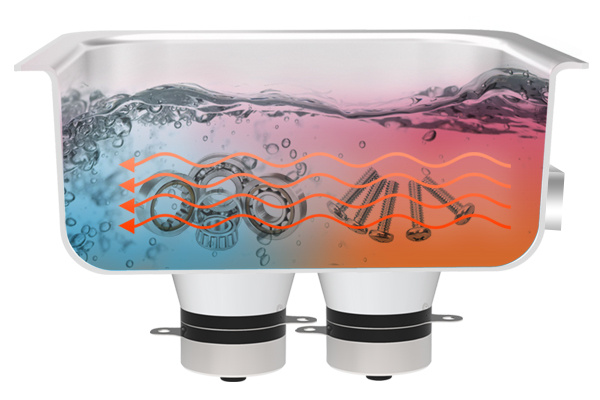
ultrasonic cleaner heating
Post-coating cleaning
The cleaning before inking, the cleaning before joining and the cleaning before assembly are generally the most demanding, where the cleaning before joining (joining is a process where two lenses are glued together with a photosensitive adhesive into a defined shape to meet the needs of those who cannot be processed in one go, or to create a more specific curvature or light transmission). The contaminants to be cleaned before joining are mainly a mixture of dust, handprints, etc. The cleaning is not very difficult, but has very high requirements for the surface cleanliness of the lenses, and is carried out in the same way as the previous two cleaning processes.
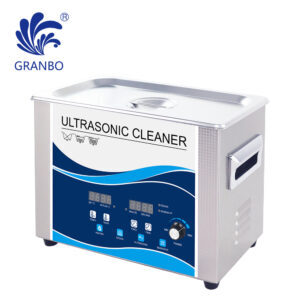
ultrasonic cleaning machine
 Granbo Ultrasonic
Granbo Ultrasonic

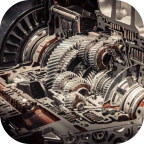
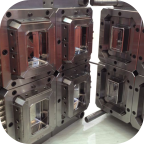


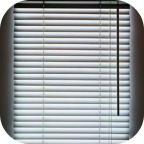

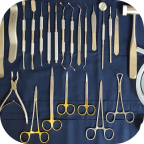

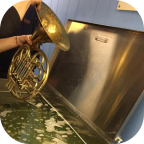





Hello!